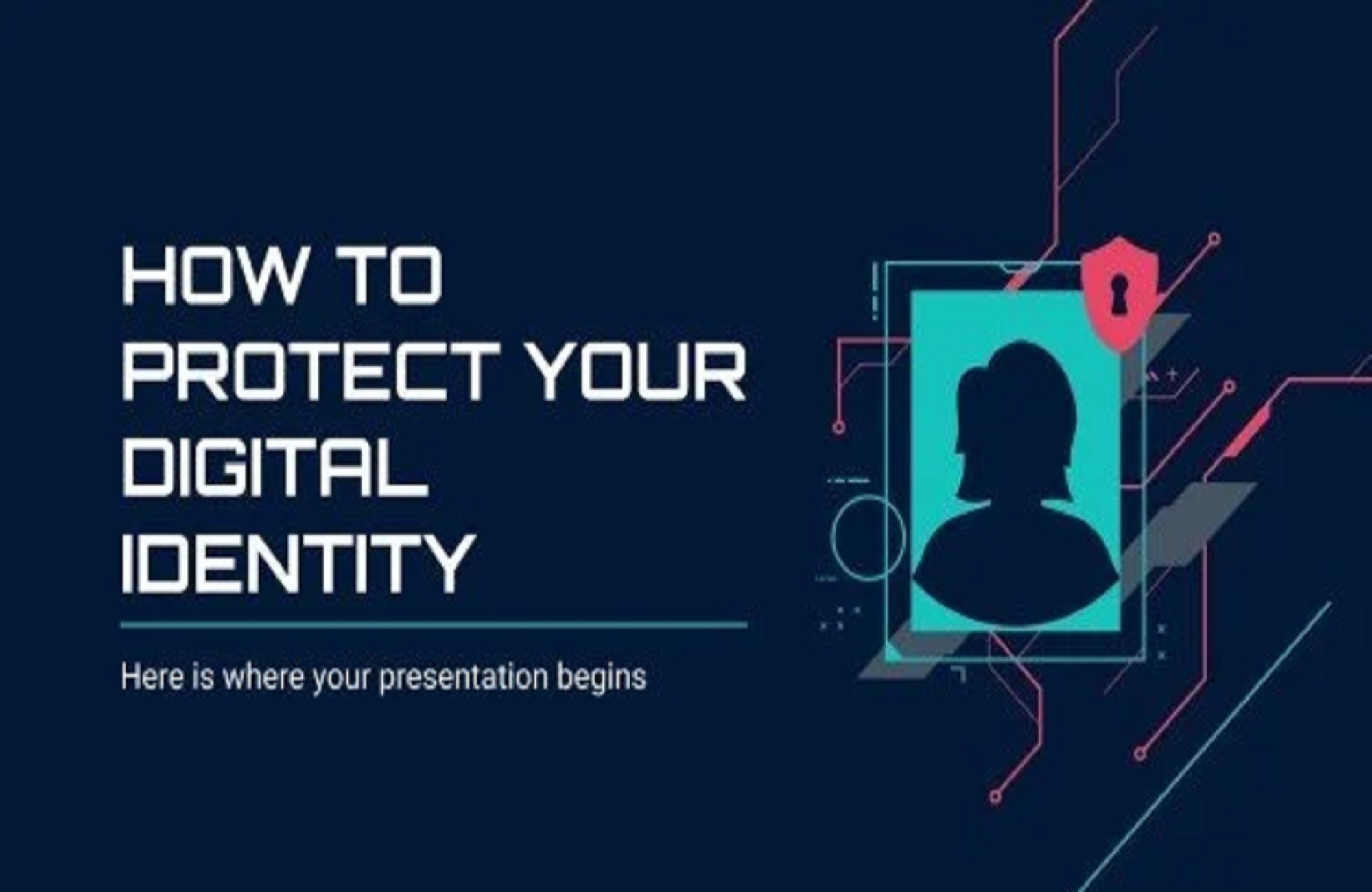In 2025, your digital identity is more valuable than ever—and more vulnerable. From AI-powered phishing scams to data leaks from everyday devices, protecting your online persona isn’t just a tech issue—it’s a personal security imperative. Whether you’re a casual internet user or a business professional, safeguarding your digital identity is crucial.
Here’s how to stay ahead of threats and keep your digital self secure in 2025:
1. Embrace Passkeys and Password Managers
Passwords are finally on their way out. In 2025, many platforms have shifted to passkeys, which use biometric authentication (like Face ID or fingerprint) to eliminate weak or reused passwords. If you haven’t already, switch to services that support passkeys. For accounts still requiring traditional logins, use a reputable password manager to generate and store strong, unique passwords.
2. Use Biometric Authentication—But Stay Cautious
Face and fingerprint authentication are convenient and widely adopted, but don’t treat them as unbreakable. Combine biometrics with multi-factor authentication (MFA) whenever possible, especially for banking, email, and social media accounts.
3. Beware of AI-Enhanced Phishing
Phishing attacks in 2025 are more convincing thanks to generative AI tools. These scams can mimic the writing style and tone of real contacts. Stay alert for:
- Slightly altered email addresses
- Unexpected file attachments or links
- Requests that create urgency (e.g., “Act now!” or “Your account will be closed!”)
Tip: Always verify sensitive requests via another channel—like calling the person directly.
4. Limit Personal Info Shared Online
Your data footprint matters. Cybercriminals often scrape social media and public databases to piece together your digital profile. Avoid posting:
- Exact birthdates
- Travel plans in real-time
- Your home address or phone number
Audit your privacy settings across platforms regularly, and use aliases or pseudonyms where appropriate.
5. Monitor Your Digital Identity
Use services like credit monitoring or identity theft protection tools. Some newer apps even scan the dark web for traces of your personal data. Consider setting up alerts for:
- New credit inquiries
- Data breaches involving your accounts
- Changes to your online profile or personal records
6. Secure Smart Devices and IoT
In 2025, your fridge, thermostat, and even your doorbell might be internet-connected. These smart devices are often entry points for hackers if not secured properly. Steps to take:
- Change default passwords
- Keep firmware updated
- Use a separate Wi-Fi network for IoT devices
7. Stay Informed and Educated
Cybersecurity trends evolve quickly. Subscribe to trusted newsletters, follow infosec experts on social media, and stay up-to-date with the latest digital threats. Basic digital literacy is now as essential as knowing how to read or write.
Final Thoughts
Your digital identity is a valuable asset—and a potential target. In 2025, cyber threats are smarter, but so are the tools at your disposal. By being proactive, adopting modern security practices, and staying informed, you can take back control of your digital life.
Stay alert. Stay secure. Stay smart.


